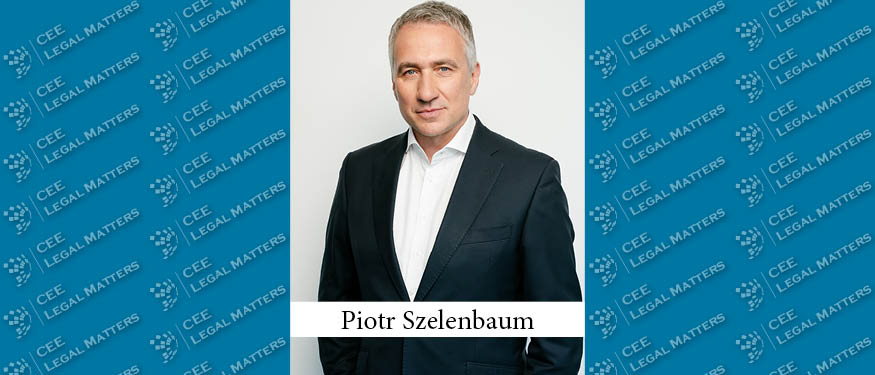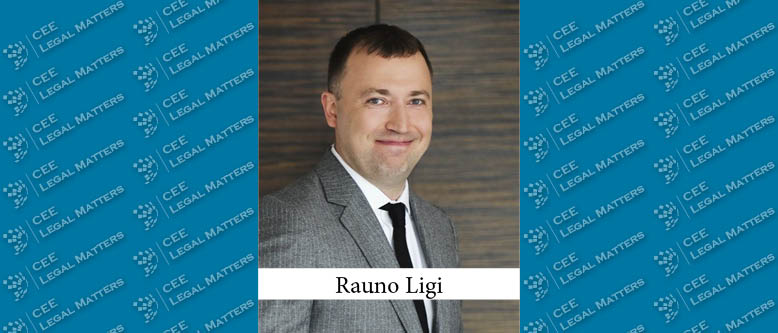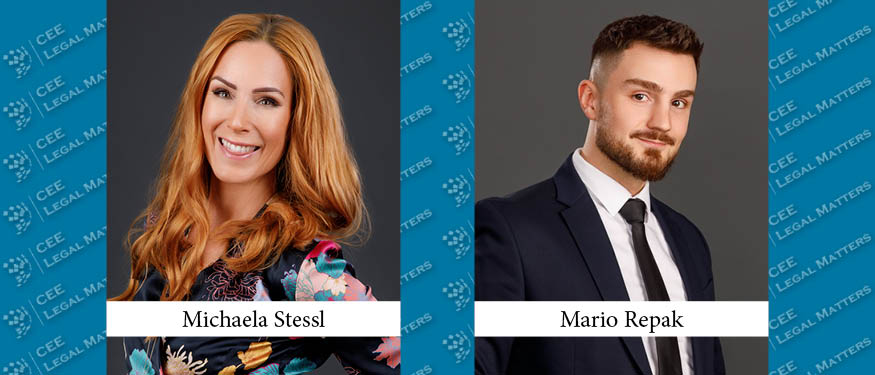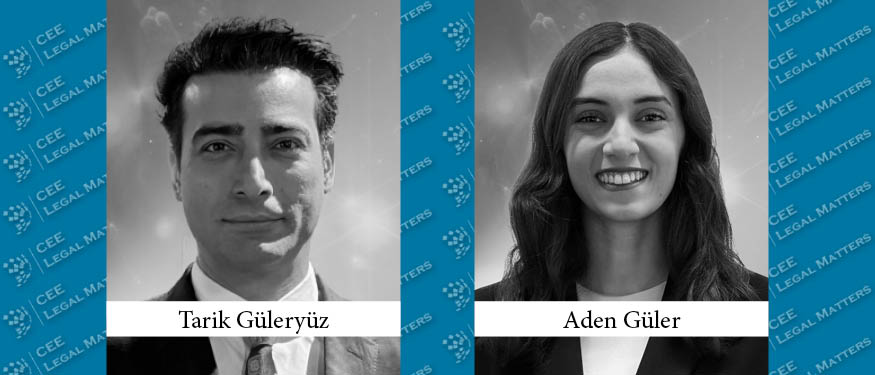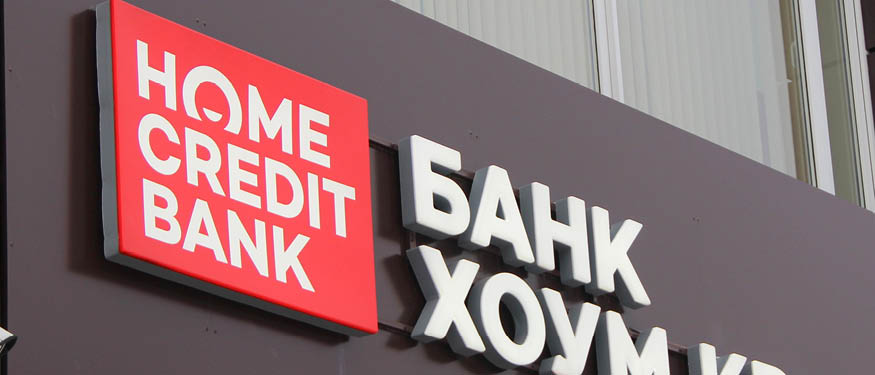The Amendment of the Austrian Copyright Act fundamentally revised the Copyright contract law. An entire series of new provisions for the protection of authors was implemented. But what does this mean for (future) license holders? Let us take a look!
With the Amendment of the Austrian Copyright Act, which came into force on 31 December 2021, the Austrian Copyright contract law was overhauled. Besides the implementation of the provisions of the Digital Single Market Directive ("DSM Directive"), the amendment provides the adoptions of individual provisions from the German Copyright Act. This insight series shall provide an overview of the most important changes and further explore their consequences.
First of all, what is Copyright contract law? Copyright contract law concerns all contractual relationships involving the granting of rights of use to works protected by copyright law (like texts, drawings, photos, graphics, music, films, etc.). Since we are constantly creating copyrighted works and using others' works this also affects our daily lives. The legal provisions in the field of copyright contract law restrict the private autonomy of the contracting parties in favour of the author. The justification in terms of legal policy lies in a (presumed) unequal balance of power. Furthermore, the DSM Directive assumes that authors, as natural persons, usually have the weaker negotiating position when it comes to granting licenses or assigning their rights for exploitation. It should be noted, however, that the need for protection generally only exists for authors as natural persons and only if the contract partner of the author is not acting as an "end user". Thus, conceptually, these new provisions are aimed at constellations in which authors are dependent on the help of intermediaries who act as a link between the creative author and the end user of the work.
Consequently, the amendment – with a few exceptions – exclusively concerns the legal relationship of the author (even if they act through their own company) to a first licensee, and not the relation between licensees.
Here is a first overview of the new provisions:
Based on the DSM Directive, the following provisions have been implemented:
- Principle of appropriate and proportionate remuneration (transposition of Art 18 DSM Directive): This principle exists both in the case of transfer/granting of exclusive as well as (beyond the requirement of the DSM Directive) non-exclusive rights of use, without, however, formulating a claim. The provision further specifies the adequacy of collective bargaining agreements and remuneration rules.
- Contract adjustment mechanism (transposition of Art 20 DSM Directive): This provision provides that the author is entitled to an additional appropriate remuneration if the originally agreed remuneration proves to be clearly disproportionately low.
- Transparency obligation (transposition of Art 19 DSM Directive): To check whether the remuneration is still appropriate with regard to the revenue of the licensee, authors shall receive information from their contractual partners at least once a year about the exploitation of the work (in particular about the income generated). In Austria, the provision is designed as an active duty of the exploiter to provide information.
- Alternative dispute resolution ("ADR") procedure (transposition of Art 21 DSM Directive): Disputes relating to the transparency obligation and the contract adjustment mechanism can be brought before a specially established ADR committee.
Notably, these provisions are not applicable to computer programmes. Furthermore, the contract adjustment mechanism, transparency obligation as well as the ADR procedure cannot be waived in advance. They are mandatory rights of the author.
Following the German Copyright Act, the following provisions were additionally implemented:
- Transfer of rights by purpose
If the forms of exploitation are not specifically stated in the license agreement, the purpose of the agreement shall determine the actual forms of exploitation granted (thus broad grant of rights clauses are restricted if the forms of exploitation are not specifically stated). Similarly, but only in case of doubt, the purpose of the contract shall determine whether a license to use the work has been granted (non) exclusively, how far the permission and the right granted extend and the restrictions to which they are subject.
- Unknown exploitation forms
The provision contains protective measures in favour of the authors (written form and right of revocation) when they grant rights in respect of as yet unknown forms of exploitation. Exceptions for the right of revocation exist for cinematographic works, subordinate contributions, employee works or when additional appropriate remuneration is provided for.
- Right of second exploitation
The provision essentially says that an exclusive license granted by the author and remunerated at a flat rate shall automatically be converted into a non-exclusive license after 15 years. The parties may extend the exclusivity to the entire duration of the contract term after 5 years at the earliest. Exceptions exist for specific types of works, works created by employees or commercially produced cinematographic works.
Applicability
The provisions on the contract adjustment mechanism, transparency obligation and the alternative dispute resolution procedure even apply to contracts concluded before the entry into force of the new Copyright Act (i.e. 31 December 2021) – but only with regard to acts of exploitation based thereon The other new provisions only apply to contracts concluded after 31 December 2021.
Conclusion
The Amendment offers an entire range of new rights to protect authors. There is no question that fair remuneration of authors is important. However, what does remain undecided is not only what is "fair" in a specific individual case, but also to what extent the new provisions of copyright contract law can contribute to this. They are well-intentioned, but only fit certain constellations. Legal uncertainties therefore remain in many areas. It will be up to the courts to offer some certainty for rights-holders as well as authors through case law.
To give a better insight into what to expect in the meantime, we will take you on a deeper dive into these provisions in the coming weeks, including some practical advice on what to consider when drafting copyright license agreements.
By Dominik Hofmarcher, Partner, and Roland Vesenmayer, Associate, Schoenherr









